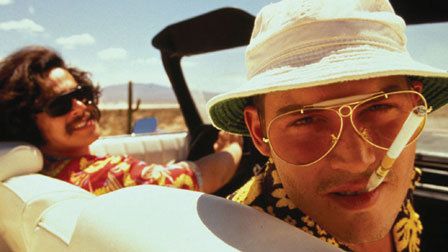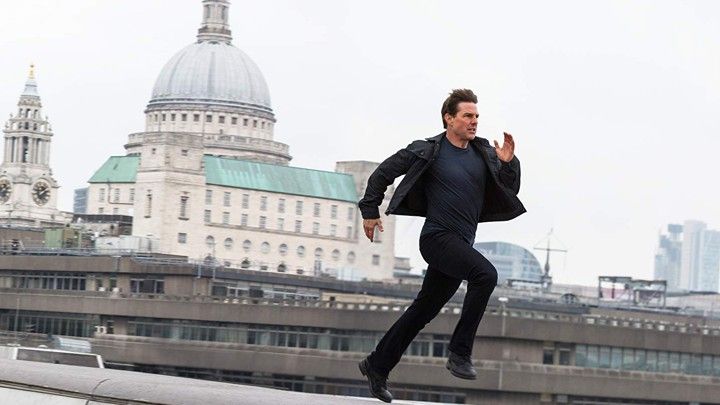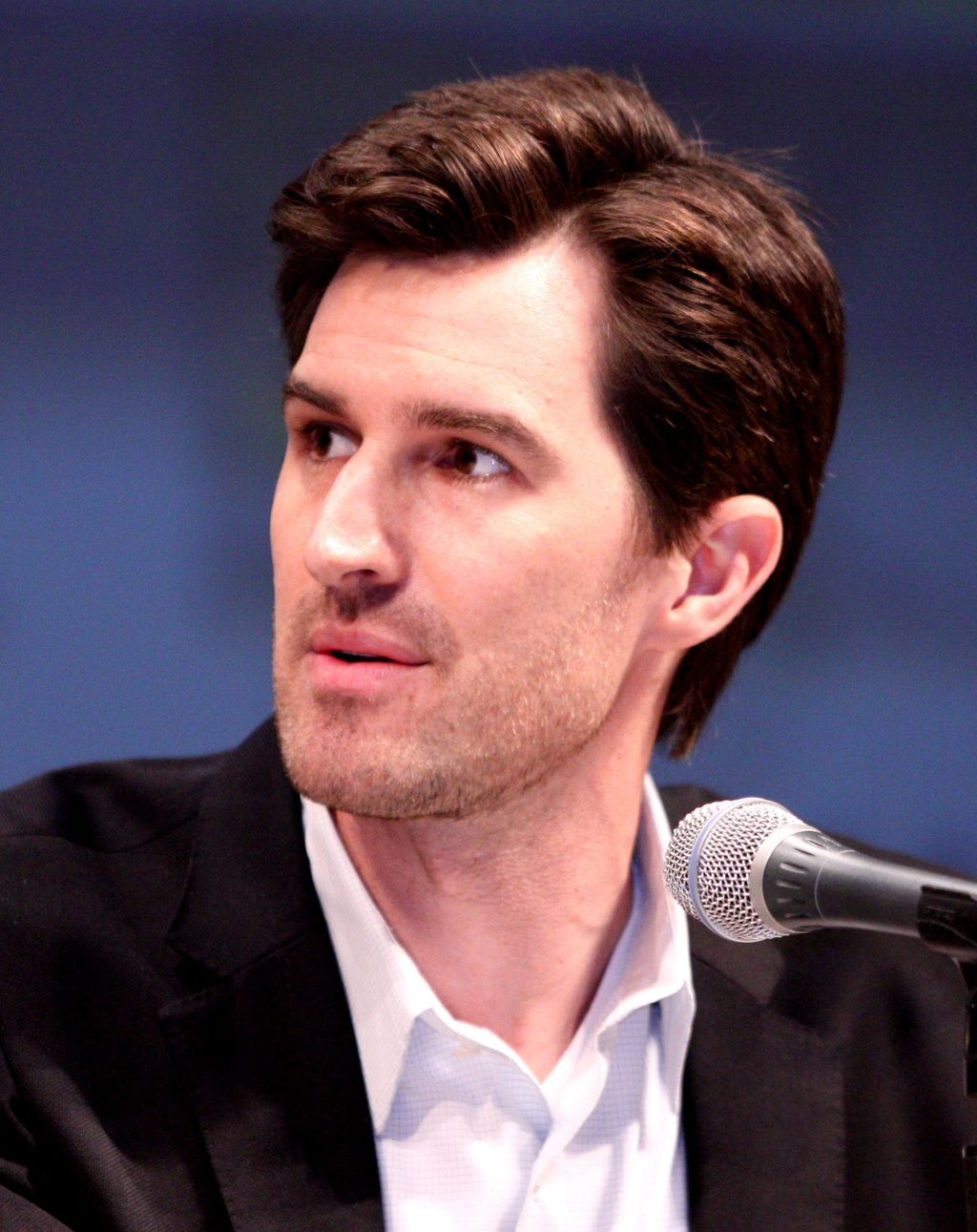
The realm of cinematic achievement often hinges on a delicate balance between artistic vision and practical execution. For Joseph Kosinski, the acclaimed director behind the 2022 box office phenomenon, *Top Gun: Maverick*, this balance extended into the highly sensitive domain of national security. The film, a long-awaited sequel to the 1986 classic, soared to unprecedented heights, becoming the highest-grossing movie of 2022 with a staggering $1.488 billion worldwide and earning critical accolades, including being named the Best Film of 2022 by the National Board of Review (NBR) of Motion Pictures.
Its immense success, driven by an emotional narrative and breathtaking aerial sequences, was largely attributed to Kosinski’s relentless “quest for authenticity.” This commitment necessitated an extraordinary level of cooperation with the U.S. Navy, granting the filmmakers unprecedented access to military installations and operations. It was during this immersive experience that Kosinski encountered a stark reminder of the classified world he was entering, leading to an unexpected intervention by naval personnel.
Kosinski’s journey to create a cinematic spectacle that felt profoundly real began long before cameras rolled. He immersed himself in the culture and operations of naval aviation, striving to become, in the Navy’s own parlance, a “subject matter expert” (SME). This dedication allowed him to “live that dream of being in the Navy for a couple years,” as he recounted to Deadline.
His role as director provided him access to places and insights typically withheld from the civilian population. “I got to go to places that civilians don’t get to go to,” Kosinski revealed, adding, “I got to see things that no civilian would get to see.” This privileged access was instrumental in crafting a film that resonated with an unparalleled sense of realism, distinguishing it from many Hollywood productions.
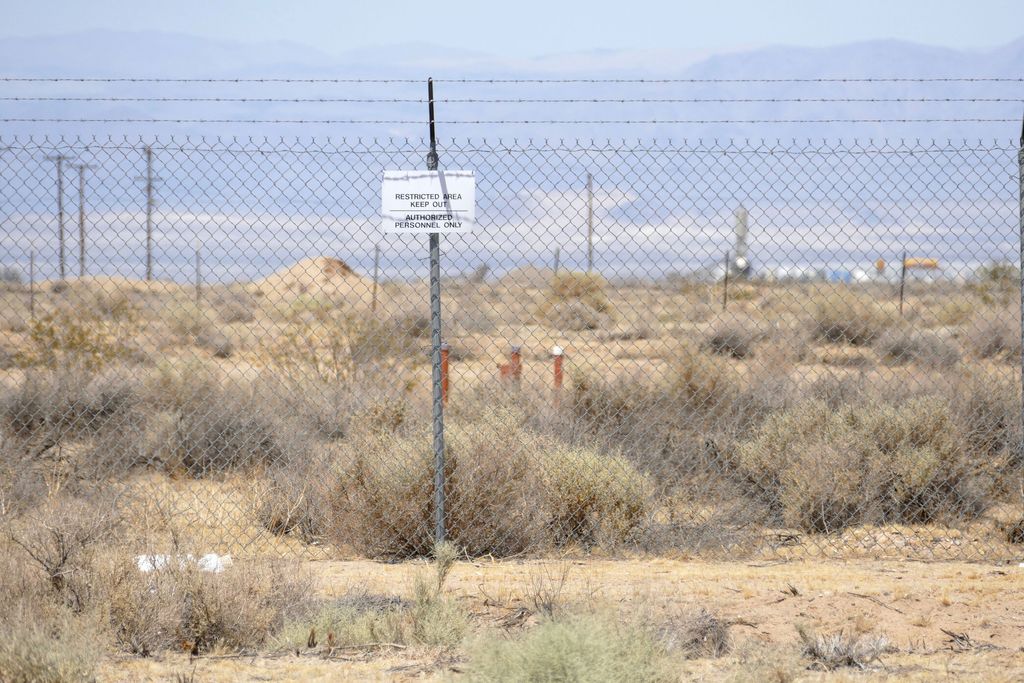
Among the locations Kosinski visited was Naval Air Weapons Station China Lake, the Navy’s principal testing and research facility situated in California. He specifically mentioned shooting in a “top secret” hangar there, underscoring the classified nature of the environments he navigated during pre-production and filming. This deep dive into genuine military settings was foundational to the film’s visual integrity.
It was within this context of unparalleled access to sensitive areas that the director experienced a singular incident. “I had my camera confiscated at one point. Wiped clean,” Kosinski shared with Deadline. The precise details of what he photographed remain unclear, but he acknowledged the possibility: “I took some pictures and maybe captured something I wasn’t supposed to capture, and my camera was quickly returned to me without any photos on it.”
The swift and thorough action by the U.S. Navy personnel highlights the stringent protocols in place to protect sensitive information. While the exact subject of the confiscated images is not explicitly identified by Kosinski, the incident serves as a potent illustration of the constant vigilance required within classified military environments, even when collaborating with external entities for a major film production.
This episode, though brief, underscores the inherent tension between artistic ambition and national security interests. The Navy’s cooperative stance, which allowed filming aboard active aircraft carriers like the USS Abraham Lincoln (CVN-72) and the USS Theodore Roosevelt (CVN-71), was contingent upon strict adherence to security guidelines. Filmmakers were granted a rare glimpse into the day-to-day life of those serving aboard these vessels, but with clear boundaries.
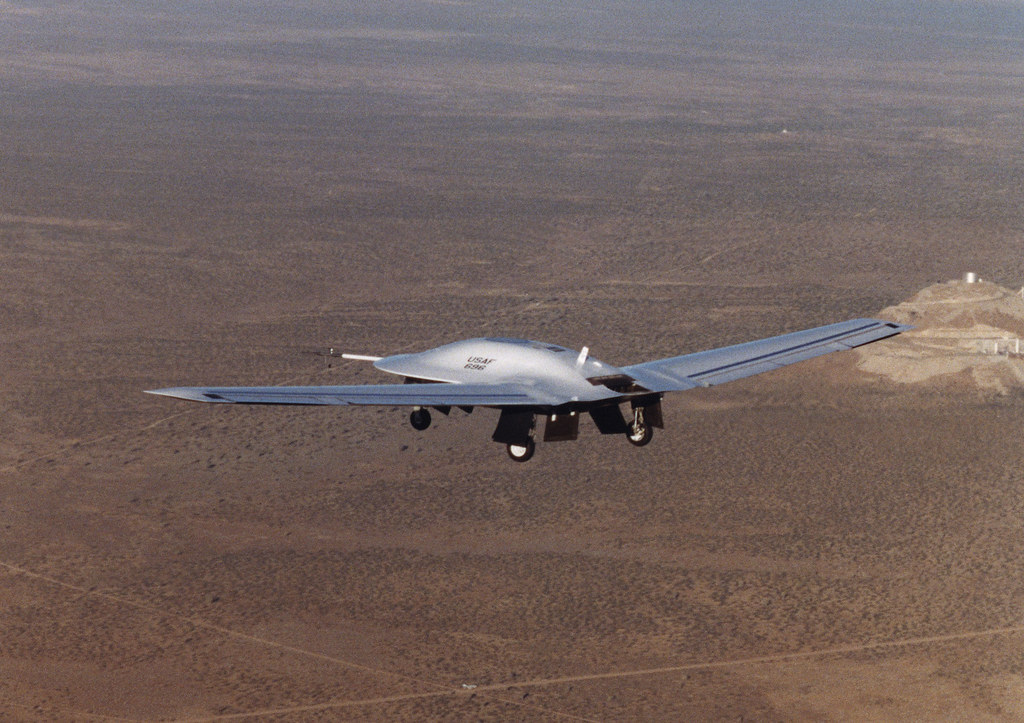
The pursuit of authenticity extended to the very design of the film’s advanced aircraft. The hypersonic Darkstar plane, which Captain Pete “Maverick” Mitchell test flies and obliterates at high speeds in the film’s opening sequence, was not merely a product of cinematic imagination. It drew inspiration from real-world aircraft currently under development, bearing a striking resemblance to Lockheed’s forthcoming SR-72.
The realism of the Darkstar prop was so profound that it reportedly led to an extraordinary international reaction. According to producer Jerry Bruckheimer, China reportedly redirected its spy satellites to attempt to photograph the full-sized fake plane constructed for *Top Gun: Maverick*. “They thought it was real. That’s how real it looks,” Bruckheimer stated in 2022 to Sandboxx News.
This incident with the Darkstar, while separate from Kosinski’s camera confiscation, further illustrates the extreme sensitivity surrounding cutting-edge aerospace technology and its visual representation. The U.S. Navy’s decision to wipe Kosinski’s camera clean, therefore, can be understood within a broader framework of safeguarding potentially classified information, regardless of intent.
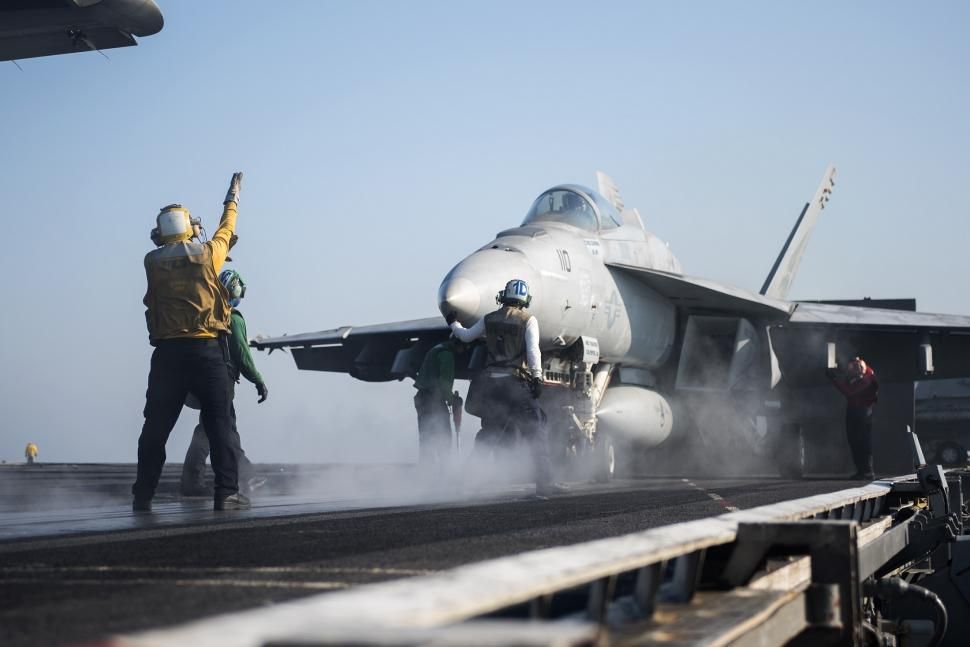
Beyond direct content, the technical challenges of filming also brought the production face-to-face with military constraints. Cinematographer Claudio Miranda shared with IndieWire that the Navy imposed strict conditions on camera placements atop fighter jets. Cameras were prohibited on the wings of the planes because such mounts would affect flying performance.
As a compromise, Miranda was given a “dorsal mount as a consolation prize and the normal bomb mounts.” Even with these approved external mounts, the aircraft could only be flown at 3Gs, demonstrating the careful balance maintained between cinematic requirements and operational safety and integrity. These details collectively paint a picture of a production deeply interwoven with military realities.
The rigorous approach to filming and access ultimately generated an unprecedented volume of material. *Top Gun: Maverick* amassed over 800 hours of footage during its production, a quantity that remarkably surpassed the combined footage of Peter Jackson’s entire three *Lord of the Rings* films. This sheer volume speaks to the comprehensive nature of the shooting process, capturing every nuance of the aerial action and character interactions.
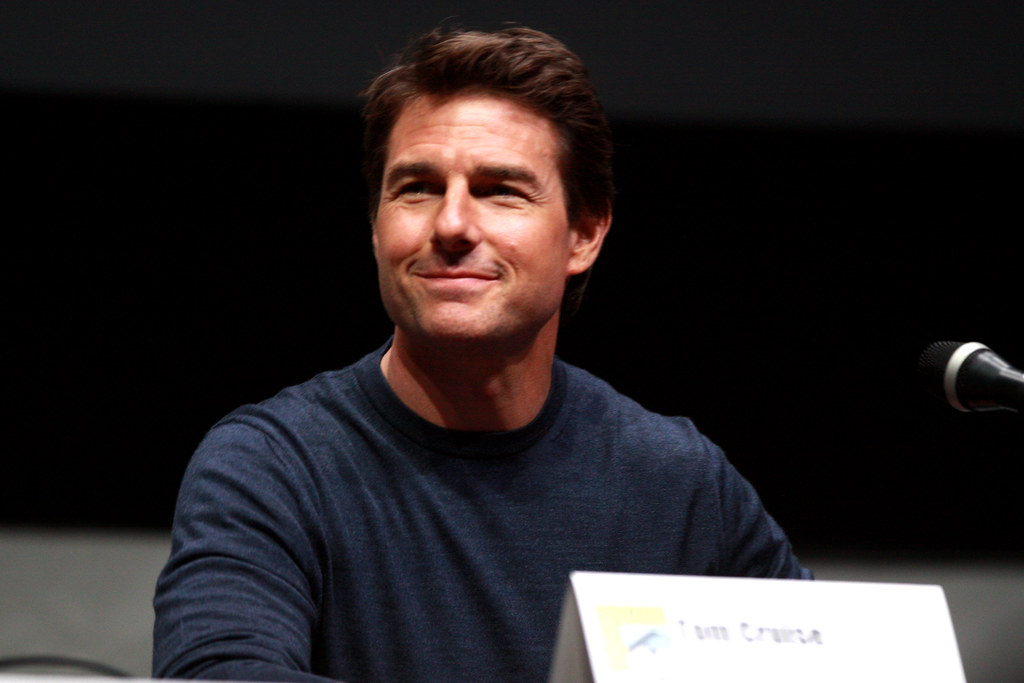
However, the vast amount of raw footage meant that Kosinski was tasked with the formidable challenge of narrowing the film’s scope and making difficult editorial decisions. He acknowledged the pain of this process, stating, “You end up throwing out stuff that you are sure, when you’re shooting it, will absolutely be in the movie.” The imperative was always to serve the overarching narrative.
“When you’re coming down to the final cut and focusing on the story you’re telling, stuff has to fall away for the good of the film,” Kosinski explained. This disciplined approach to storytelling ensured that despite the technical marvels, the film’s emotional core remained paramount, resonating deeply with audiences worldwide.
Indeed, the narrative’s strength was a significant factor in convincing lead actor Tom Cruise, who portrays Captain Pete “Maverick” Mitchell, to return to the iconic role. Kosinski initially faced the task of persuading Cruise to rejoin the project, a testament to the high bar set by the original film and Cruise’s own discernment in selecting roles.
Kosinski’s pitch centered on a compelling emotional arc: a reconciliation between Maverick and Lieutenant Bradley “Rooster” Bradshaw, portrayed by Miles Teller. Rooster is the son of Lieutenant Junior Grade Nick “Goose” Bradshaw, Maverick’s wingman who perished in the original 1986 film after an aircraft malfunction during flight training. This intergenerational conflict and eventual resolution provided the necessary depth.
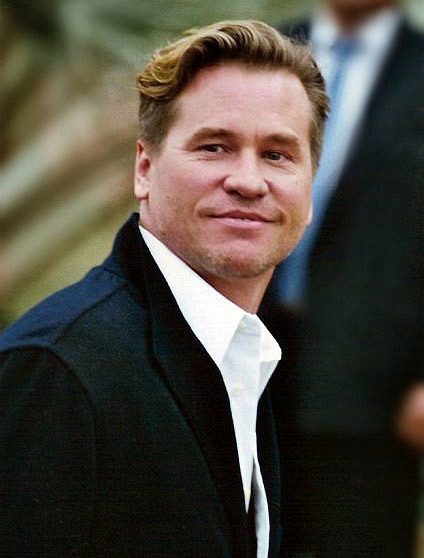
The director explained his successful approach: “I pitched the idea of this story being a reconciliation between him and Rooster set against this mission that would take Rooster into this very dangerous situation, that they’d end up together across enemy lines, having to resolve their differences and work together to get back home.” This narrative hook immediately captured Cruise’s interest.
“As soon as I pitched that idea, I could just see the wheels in Tom’s head start to turn and all of a sudden, he had a very emotional reason, a hook back into this character, and a reason to come back,” Kosinski continued. This deeply personal motivation for Maverick, rooted in his past and his relationship with Goose’s son, provided the narrative backbone that elevated the film beyond mere spectacle.
Another significant character development was the decision to portray Val Kilmer’s character, Iceman, as being ill in the sequel. This poignant detail was, in fact, Kilmer’s own idea, demonstrating the collaborative spirit and personal investment of the cast in shaping the narrative. Such thoughtful inclusions contributed to the film’s emotional resonance and its ability to connect with a diverse audience.
Reflecting on the enduring appeal of films from the 1980s, Kosinski offered insights that also shed light on *Maverick*’s success. He observed that “Films from the ’80s are ones that people keep going back to because of that strong story foundation.” He cited beloved classics like *Raiders of the Lost Ark* and *Back to the Future* alongside the original *Top Gun* as examples.
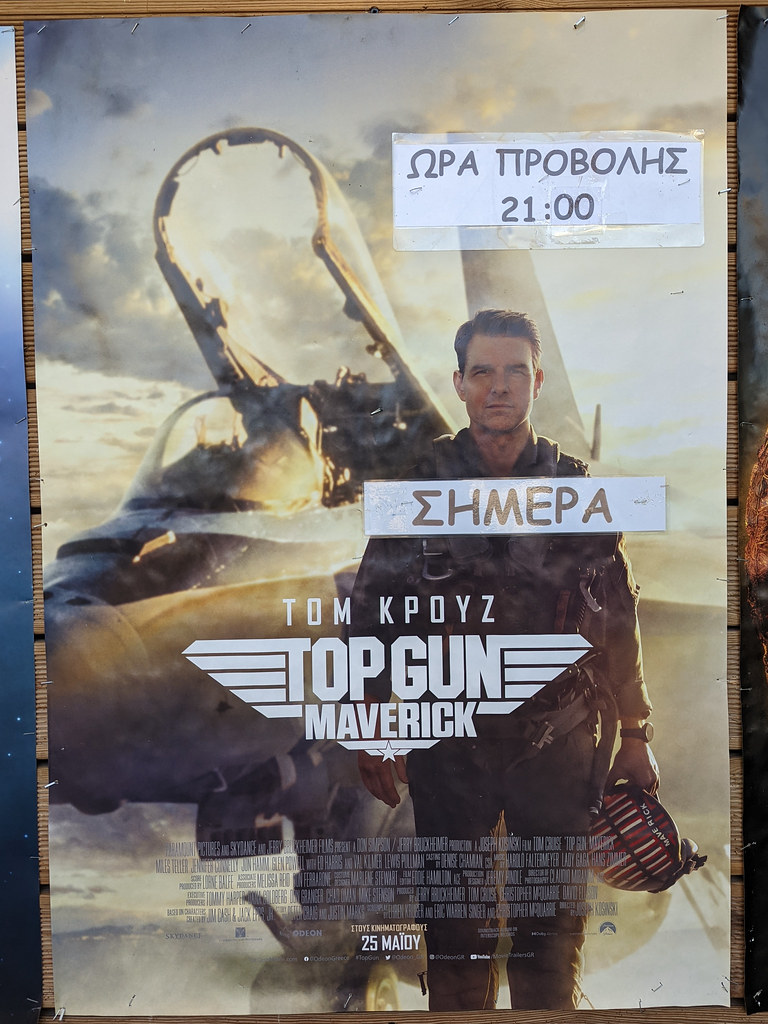
“I think that era was story-driven – certainly, there were visual effects, but not at the level you have now – because the story had to carry the film and the visual effects could add a little special sauce on top,” Kosinski concluded. This philosophy of prioritizing narrative above all else, where visual effects serve to enhance rather than define the story, clearly informed his approach to *Top Gun: Maverick*.
The film stands as a testament to the power of meticulous planning, unwavering dedication to realism, and a profound understanding of storytelling. Joseph Kosinski’s commitment to authenticity, even when it meant navigating the sensitive and classified realms of military operations, undeniably propelled *Top Gun: Maverick* into the pantheon of modern cinematic achievements. His unique experience, including the Navy’s intervention to ensure security, underscores the extraordinary lengths undertaken to deliver a film that resonated with audiences as both thrilling entertainment and a deeply human drama.
This blending of genuine military cooperation with a compelling narrative arc created a cinematic experience that felt both expansive in its scope and intimate in its character portrayal. The legacy of *Top Gun: Maverick* will undoubtedly be defined not only by its record-breaking box office performance and critical acclaim but also by the extraordinary behind-the-scenes journey that forged its unforgettable realism. The film’s success serves as a compelling case study in the art of crafting a blockbuster that remains grounded in an undeniable sense of reality, even when touching upon the most secretive aspects of national defense.” , “_words”: “1748

